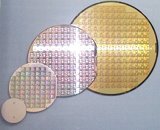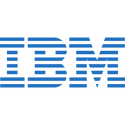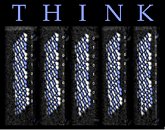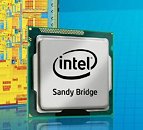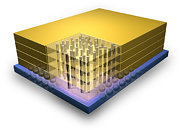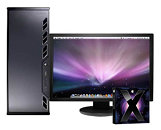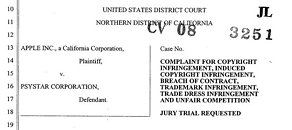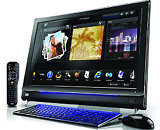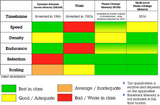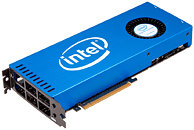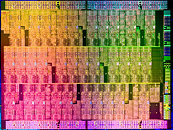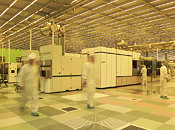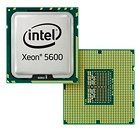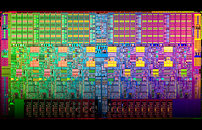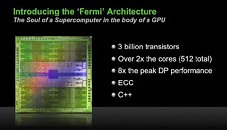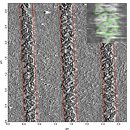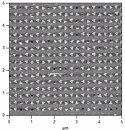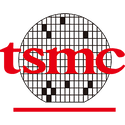
28 nm struggles: TSMC & GlobalFoundries
Making silicon chips is not easy, requiring hugely expensive fabs, with massive clean-room environments and at every process shrink, the complexity and difficulty of making the things goes up significantly. It looks like TSMC and GlobalFoundries are both having serious yield problems with their 28 nm process nodes, according to Mike Bryant, technology analyst at Future Horizons and this is causing a rash of non-working wafers - to the point of having nothing working with some chip designs submitted for production. It seems that the root cause of these problems are to do with the pressures of bringing products to market, rather than an inherent problem with the technology; it just takes time that they haven't got to iron out the kinks and they're getting stuck: "Foundries have come under pressure to release cell libraries too early - which end up with designs that don't work," Bryant said. In an effort to try and be seen to treat every customer equally, TSMC is attempting to launch ten 28 nm designs from seven companies, but it's not working out too well: "At 45-nm, only NVIDIA was affected. At 28-nm any problems for TSMC will be problems for many customers" said Bryant.
